
活動レポート


- 立場の弱い人に優しい”スポーツマン”を醸成する -
![]()
![]()
![]()
![]()
![]()
![]()
![]()
![]()
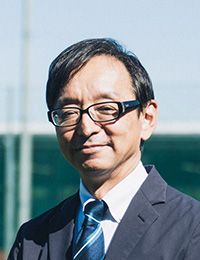
帝京大学医療技術学部スポーツ医療学科 教授 佐藤 真治
2011年より大阪産業大学 人間環境学部 准教授を務める。2014年には同学部 教授に就任。2019年より帝京平成大学 健康メディカル学部 教授となる。2021年より、帝京大学 医療技術学部 教授に就任。日本心臓リハビリテーション学会 評議員、日本体力医学会 評議委員、日本臨床運動療法学会 理事Exercise is Medicine (EIM) Japan理事など、さまざまな学会で精力的に活動している。
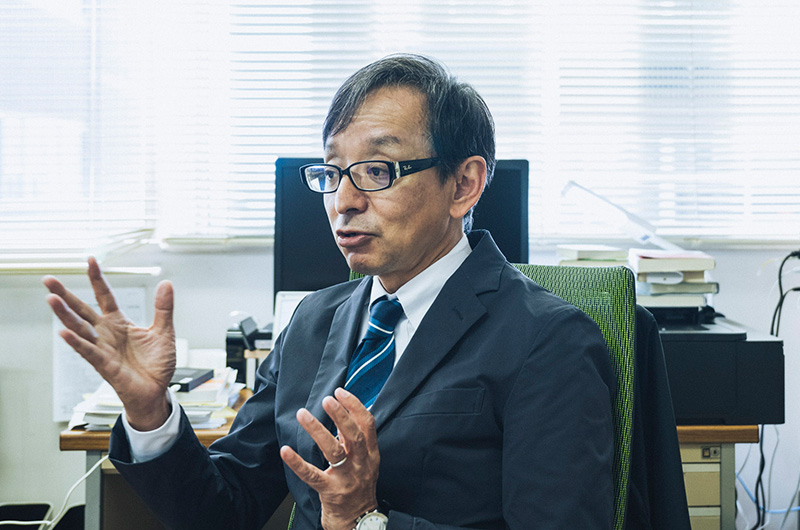
私が学生の頃、レイチェル・カーソンの『沈黙の春』が世界的なベストセラーとなり、環境に対する機運が急激に高まっていました。自分も影響を受け、生態学を学ぶために大学の理学部に進学しました。そこで人生を変える出会いがありました。定期的に来日し講演をされていたカリフォルニア大学バークレー校のハワード・A・バーン先生です。生態学の権威で、特に環境ホルモンを主体に研究していた方です。なかでも、ミシガン湖が工業廃液で汚染され鮭がみんなメス化してしまうということがあり、その原因追及などが著名な研究です。私は海外で育ったこともあり、英語でのコミュニケーションに苦労しなかったため先生にはかわいがっていただき、その際「人間は運動をすると脳が変わる」という話を教えていただきました。調べると、運動すると脳内にベータエンドルフィンというホルモンが出ることがわかっていて、世界的に研究が進み始めていました。自分の中に芽生えた「運動すると、身体のホルモン環境が変化し、病気が治るかもしれない」という思いに、とても興奮したことを覚えています。まだ今のように運動療法という領域がない時代でしたが、自分の将来が決まった瞬間だったと言えます。
そこからは行動あるのみでした。理学部からすぐに医学部の研究室へ出向し、医学的な研究にもアプローチしました。大学卒業後は一度企業に入り臨床検査に従事しましたが、2年で大学院に進学しなおします。その後運動指導ができなければならないと考え、フィットネスクラブでフィットネスインストラクターとして雇用していただきました。ここには8年間在籍し、運動指導のノウハウを身につけました。インストラクター時代には、心臓リハビリテーションの専門医の講演を耳にする機会があり、これからは心臓リハビリの時代だということを知りました。心臓病の人も今までは絶対安静が当たり前だったんですが、ドイツでは、楽しく運動(スポーツ)すると心臓病の状態が改善するという結果が出始めていたのです。まさに、自分がめざしている研究でした。こうしてインストラクターを辞め、講演されていた先生の門をたたき、スポーツによって心臓病の患者さんが元気に長生きできるような研究をしたいと考え、大学病院で働くことになります。
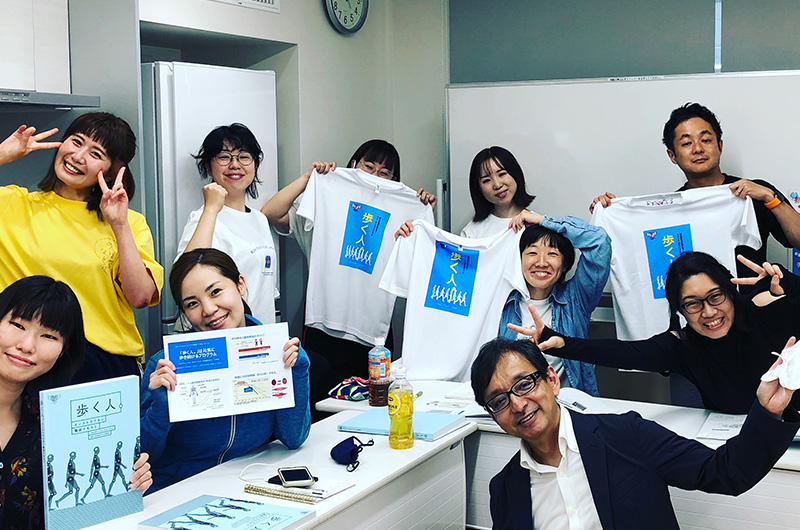
スポーツを取り入れた心臓リハビリテーションには大きな効果がありました。たとえば自律神経が安定化したり、動脈硬化も確かに改善するのです。長期的に追跡した結果では、心臓病の再発が少ないということもわかりました。こうした実績を得て、最初の大学病院から大阪の体育系大学に教員として移った時、新しい知見を得ることになります。それは若者の存在です。体育系大学でのスポーツリハビリには学生たちに協力してもらっていました。すると、病院でおこなっていた時よりも患者さんが元気になる。追求していくと学生=若者の存在が鍵だということがわかってきました。心臓を患う人はご高齢の方が多く、自分の孫娘孫息子みたいな子が一生懸命話を聞いてくれると、経験や知見も一緒に伝えたいという社会的役割を思い出し、学生を喜ばせるためにリハビリに取り組むのです。運動にはモチベーションの創出が重要ですから、これは大きな発見でした。
ちょうどこの時、日本を揺るがす出来事がありました。東日本大震災です。私たちの出番は、震災後しばらく経ってからやってきました。仮設住宅で運動不足病が蔓延し始めたのです。状況を改善するために何かできないだろうかという依頼を受け考案したのが「歩く人プロジェクト」です。外に出て、みんなで一緒に歩きましょうということなんですが、誰かと一緒に歩くようになると、新しい出会いが生まれていくんですね。今までは自分のことばかり考えていたけれども、人のことや地域のことを考えていくようになる。学生のためにがんばる、と話した心臓疾患をお持ちの高齢者の方々と同じような効果が生まれ、地域活性にもつながることがわかってきたのです。
社会的処方という考え方があります。たとえば、かかりつけの先生が薬の処方だけではなく、人のつながりにもつなぐというもので、特にイギリスで進んでいます。これはロンドン郊外にある町で、教会が若者に場所を開放した結果、カフェやアトリエがオープンして大いに人が集まる場所になりました。たまたまその近くにあった精神疾患を扱う医療センターがそこに患者を斡旋したところ、症状が改善したのです。このケースに注目したイギリスの保健省はこれをイギリス全土で応用します。歩く人プロジェクトを始め、我々の取り組みもまた社会的処方の一つと言っていいかと考えています。
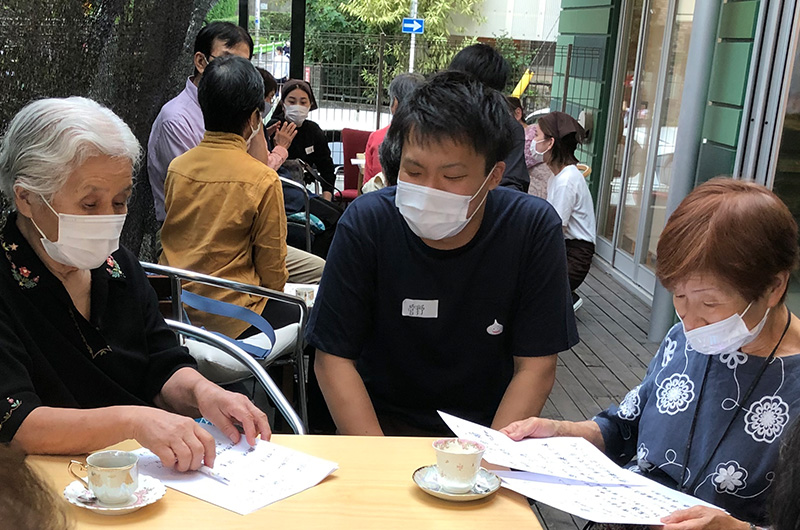
震災の時に感じたのは、日本の中でもともと静かに進んでいた人口減少だとか、超高齢化のひずみみたいなものが災害をきっかけに顕在化したのだということです。そして、今、新型コロナウイルス感染症拡大によって同じことが起きています。私たちは、この課題解決のため都内で被災地と同様の活動を展開しています。場所は杉並区高円寺です。ここには著名な銭湯があり、高齢者と若者のちょっとした交流の場になっています。そこに集まる若者たちと、東京都医師会と地域包括センターとか社会福祉協議会だとかが地域に声掛けをして、少し社会的に孤立した人たちを集め、高円寺の街中を夕方に歩く「夕焼け散歩」という活動を始めました。中心にいるのは、地域の人たちと、帝京大学の学生たち。実際、運動をしながら人たちがつながり合っていきます。こうした、三位一体のプロジェクトをどんどん醸成しています。
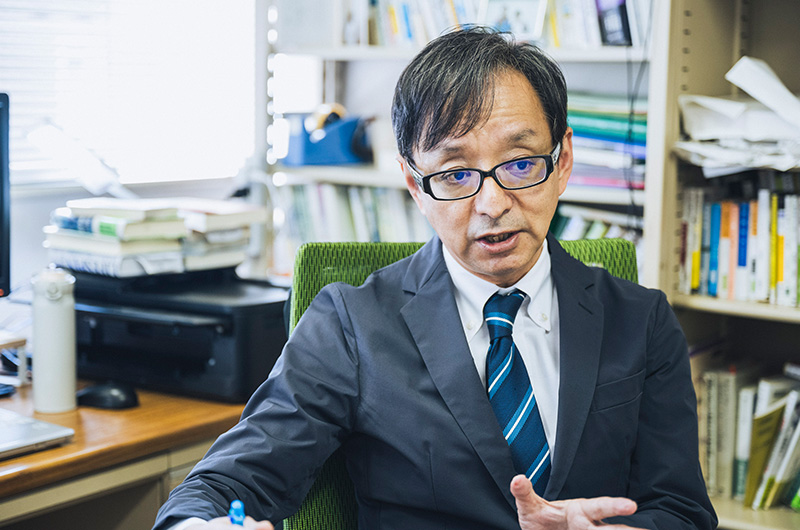
ヨーロッパにおける”運動は”遊び”などを意味するラテン語の「deportare」(遊び)とされます。アメリカでは「exercise」(訓練)ですので、ずいぶん様相が異なります。ヨーロッパで真のアスリート・スポーツマンとされる人たちには強いリスペクトが集まります。身体的機能に恵まれた人たちは、立場の弱い人たちに優しくすることがとても大事だと考えられていますし、実際に多くのアスリートはそのような意識で行動しているのが見受けられます。フランスで生まれた言葉で「ノブレス・オブリージュ」があります。これは、財力、権力、社会的地位の保持には責任が伴うことを指すものとして生み出された言葉ですが、身体的に恵まれたスポーツマンにも当てはまるのです。
私のスポーツ医療学科での教育方針も「ノブレス・オブリージュ」をテーマにしています。ここに、運動とSDGsの類似性が見えてきます。たとえば、心身が健全な人たちが立場の弱い人たちに手を差し伸べることは、先進国の立ち振る舞いに求められることに類似しています。また、先進国、途上国という立場を超えて、次世代の子供達に対して新しい未来を築いていくことは、経験や社会的立場のある大人達の責任だと言えます。運動を通して考える人間のあり方や、健全性の作り方は、そのままSDGsにつながる意識の醸成になると言っても過言ではありません。人類の歩みを止めることなく、新しい希望のある未来につなげていくために、今一度、運動のもつ価値を捉え直すことには大きな意味があると考えています